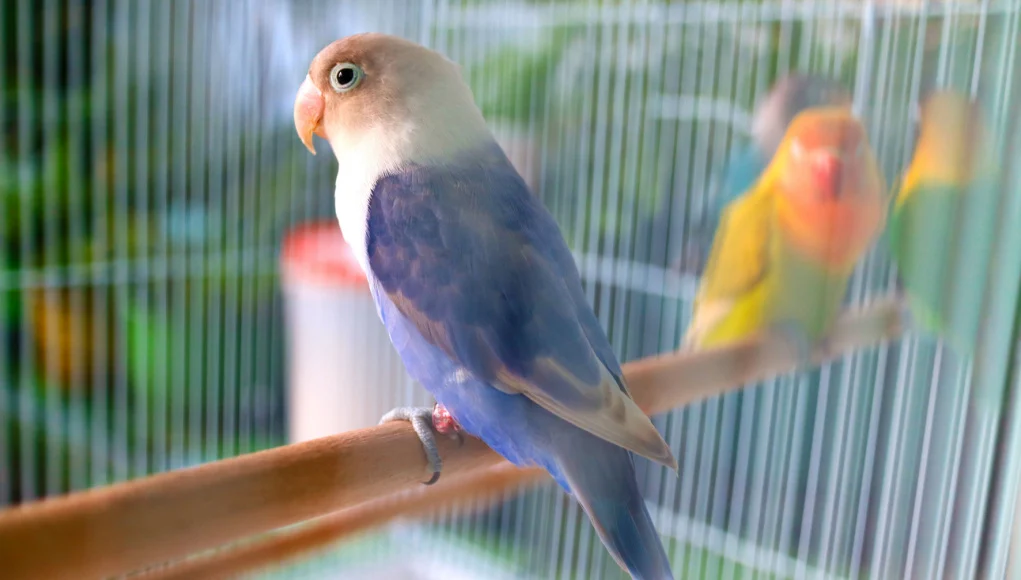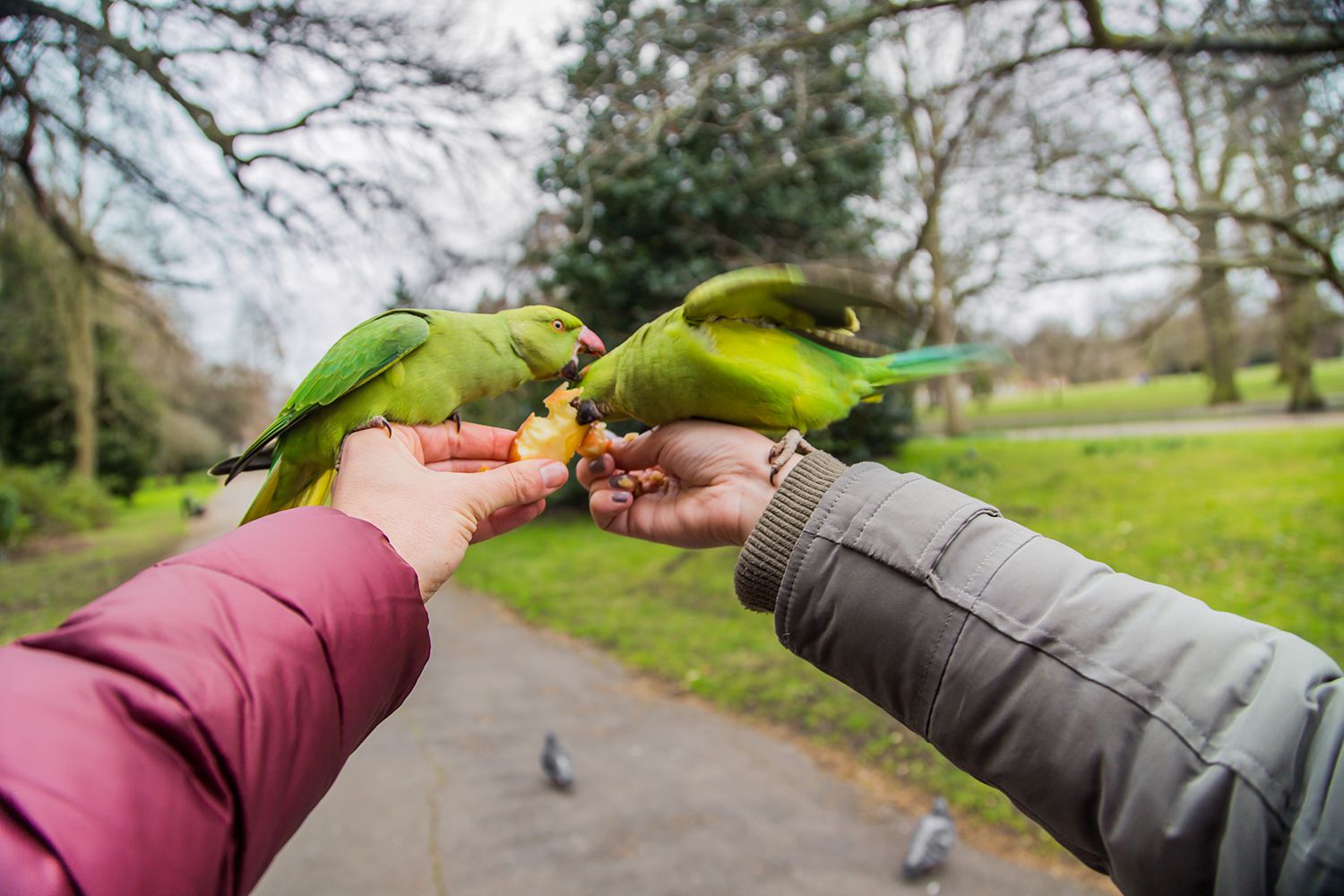
Introducing your parrot to new people can be a rewarding experience, but it requires careful planning and patience to ensure a positive outcome for both your bird and the newcomers. Parrots are intelligent, social creatures, but they can also be wary of unfamiliar faces. This guide will provide practical steps to help you smoothly introduce your parrot to new people, ensuring a stress-free and enjoyable interaction.
Understanding Your Parrot’s Behavior
Before introducing your parrot to new people, it’s important to understand their behavior and comfort level around strangers. Parrots can exhibit a range of reactions, from curiosity and excitement to fear and aggression. Recognizing your parrot’s body language, such as fluffed feathers, dilated pupils, and vocalizations, will help you gauge their readiness for new interactions.
Parrots are highly perceptive and can pick up on subtle cues in their environment. Observing your parrot’s reactions to different stimuli will help you identify what triggers fear or discomfort. This understanding is crucial in creating a positive and controlled introduction experience. Pay attention to signs of stress, such as rapid breathing, feather ruffling, or aggressive behavior, and be prepared to adjust your approach as needed.
Preparing for the Introduction
Ensure the introduction takes place in a familiar environment where your parrot feels safe and secure. Their bird cage or a favorite play area are ideal locations. Avoid introducing new people in unfamiliar or busy settings, as this can increase your parrot’s anxiety.
A comfortable and known environment provides a sense of security for your parrot. When they feel safe, they are more likely to respond positively to new people. Make sure their favorite toys, perches, and familiar objects are within reach to help them feel at ease. A familiar setting reduces the likelihood of your parrot feeling overwhelmed or threatened by the presence of a stranger.
Use positive reinforcement to create a positive association with new people. Offer your parrot their favorite treats and praise them for calm and friendly behavior. Gradually introduce the new person by having them offer treats from a distance, slowly moving closer as your parrot becomes more comfortable.
Positive reinforcement is a powerful tool in shaping your parrot’s behavior. By rewarding calm and friendly behavior, you encourage your bird to associate new people with positive experiences. Patience is key, as rushing the process can lead to stress and fear. Consistent use of treats and praise helps build a foundation of trust, making future interactions smoother.
The Introduction Process
Start with brief interactions, allowing your parrot to observe the new person from a distance. Gradually increase the duration and proximity of these interactions over several days or weeks, depending on your parrot’s comfort level. Encourage the new person to speak softly and move slowly to avoid startling your bird.
Gradual exposure helps your parrot acclimate to the presence of a new person without feeling overwhelmed. This step-by-step approach allows your parrot to build confidence and curiosity at their own pace, reducing the risk of fear-based reactions. Begin with short, calm visits and gradually extend the time and closeness of the interactions as your parrot shows signs of comfort.
Teach the new person to understand and respect your parrot’s body language. Explain the signs of discomfort or stress, such as hissing, biting, or flapping wings, and advise them to give your parrot space if these behaviors occur. Encouraging gentle and slow movements can help build trust and reduce fear.
Effective communication about your parrot’s cues ensures that the new person interacts appropriately, minimizing stress for your bird. Educating them on how to read your parrot’s body language fosters a respectful and positive relationship from the start. This understanding helps prevent unintentional actions that could scare or stress your parrot.
Once your parrot seems comfortable, allow controlled interactions. Have the new person offer their hand for your parrot to step onto, if your bird is willing. Always supervise these interactions to ensure safety for both your parrot and the new person. Continue to use treats and praise to reinforce positive behavior.
Supervised and controlled interactions ensure that your parrot feels secure and that any signs of discomfort can be addressed immediately. This approach also helps the new person feel more confident and prepared for future interactions. By carefully monitoring the initial interactions, you can ensure that both your parrot and the new person have a positive experience.

Building Long-Term Trust
Consistency and patience are crucial in building long-term trust between your parrot and new people. Regular, positive interactions will help your parrot feel more comfortable and secure over time. Avoid forcing interactions, and always respect your parrot’s comfort level.
Trust-building is a gradual process that requires consistent effort and understanding. Regular positive experiences will help your parrot develop a sense of trust and security with new people, making future introductions easier. Consistency in the way new people interact with your parrot reinforces their sense of safety and predictability.
Regular socialization practice can help your parrot become more accustomed to meeting new people. Invite friends and family over regularly, following the same gradual introduction process. This helps your parrot learn that new people can be a source of positive experiences.
Frequent and varied socialization experiences can help your parrot become more adaptable and less fearful of new people. Over time, these positive interactions can lead to a more sociable and confident bird. Regular exposure to new faces helps your parrot learn to generalize their positive experiences, reducing fear and anxiety.
Conclusion
Introducing your parrot to new people can be a smooth and positive experience with the right approach. By understanding your parrot’s behavior, preparing a safe environment, and using gradual exposure and positive reinforcement, you can help your feathered friend build trust and enjoy new social interactions. With patience and consistency, your parrot can become a friendly and sociable companion, ready to meet and greet new friends.
Ensuring that each introduction is a positive experience will foster a trusting relationship between your parrot and new people. With time and careful attention, your parrot can become more comfortable and confident, enriching both their life and yours.
